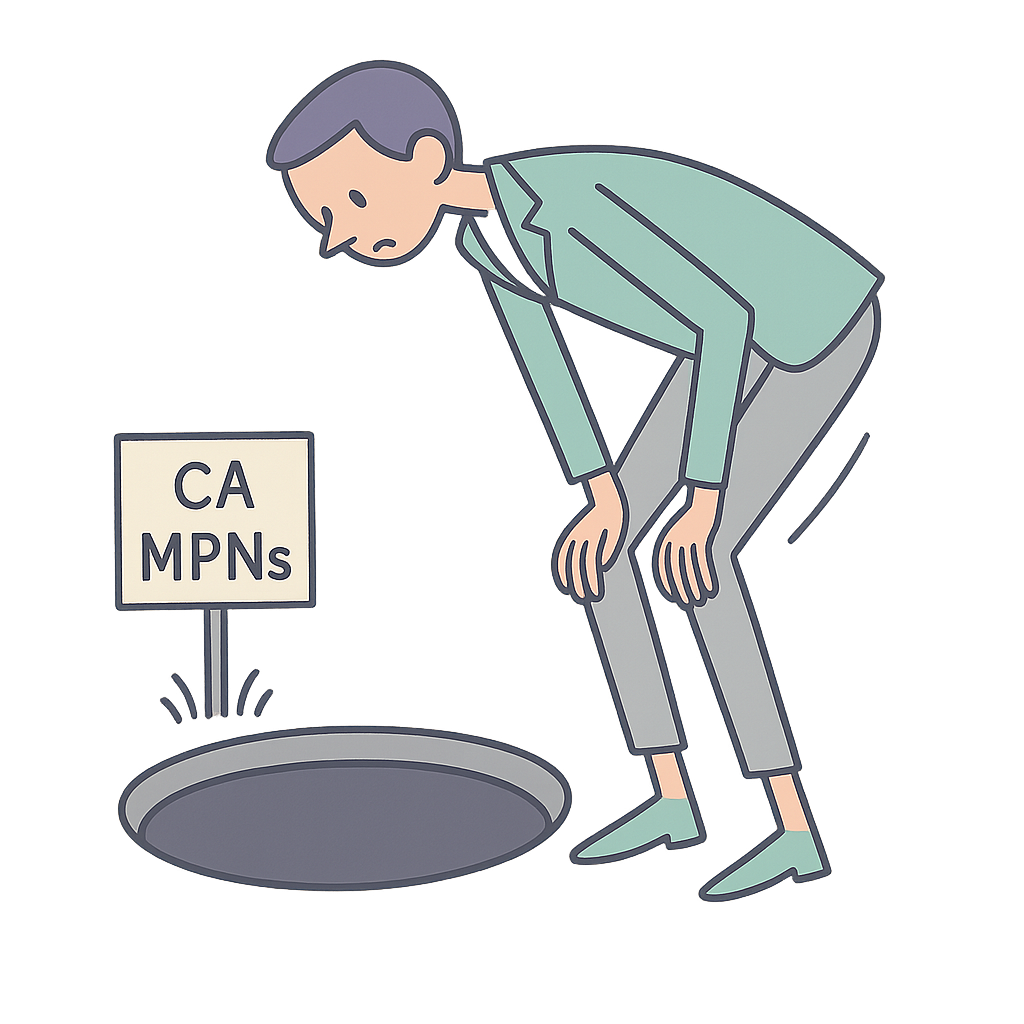CA: Business Insider Falls for Insurer Propaganda

Business Insider published a cringy slop of insurer talking points, uncritically parroting insurers’ preferred narrative about the coming increase to California workers’ comp insurance rates.
As usual, insurers are crying poor about “rising costs” in California. What they don’t say (unless you read closely enough) is that a significant amount of those “costs” are the results of insurers’ choices.
Insurers, their Third-Party Administrators (TPAs), and their various vendors needlessly increase the costs of claims by denying treatment to injured workers through Utilization Review (UR)—to the point of hailing treatment denial rates as a selling point for their services. The results are:
- Delays in care and recovery and subsequent worse health outcomes
- Money-draining legal battles that could’ve been avoided by simply letting doctors treat their patients
There’s also a convenient sleight of hand regarding true “medical” costs versus the administrative costs insurers willingly incur to limit treatment and provider reimbursement.
Insurers and their mouthpieces lump non-medical costs like Medical-Legal disputes, “cost containment” programs, and a slew of “loss adjustment” expenses in with the cost of medical treatment. Below, see why doing so obfuscates the nature of insurers’ expenses (as they rake in profits nationally).
And of course, Business Insider gets its supporting data from the Workers’ Compensation Insurance Rating Bureau (WCIRB)—an insurer-funded advocacy group that’s been called out for “skewing” the numbers to support whatever narrative helps suck more revenue from employers.
Insurers in California have complete control over who treats injured workers and what treatments they receive. The state should not allow insurers to demand more money from employers to fund the needless friction insurers impose on the system.
Non-Medical Expenses: The Not-So-Secret Cost Drivers
Business Insider posits “several nuances” that make California less profitable for insurers than the rest of the nation—feebly attempting to spotlight cumulative trauma claims and shift blame to how allegedly “worker-friendly” California is (as if that’s a criticism).
However, a more accurate picture of insurer expenses is hidden in the details.
The article states that the WCIRB initially pushed for an 11.2% increase to workers’ comp rates, citing rising medical costs and claim frequency “...and a related increase in allocated loss adjustment expenses,” or ALAE (California ultimately set the rate hike at 8.7%).
ALAE is a convenient term, mainly because most of the public doesn’t know what it refers to—things like:
- Attorney fees
- Treatment Utilization Review (UR)
- Bill review
- Other “Medical Cost Containment Programs”
The items above don’t reflect the cost of returning an injured worker to health and employment. They are tools insurers use to limit care and pay out as little as possible.
Medical-Legal Expenses: Inflating Perceived Costs
Elsewhere in the article, Business Insider acknowledges that “Legal costs in the state have increased because of a rise in the medical-legal fee schedule.”
At one point, the article quotes California Insurance Department actuary Serina Wu, who claims the rate hike (emphasis ours):
“...is primarily attributed to higher projected medical loss development for more recent accident years, driven by continued growth in the cost of medical services — including physical medicine, rehabilitation and medical-legal services…”
See what she did there?
The “cost of medical services” is just broad enough to include both “physical medicine” and “rehabilitation”—things that actually heal injured workers—and “medical-legal services,” which have nothing to do with healing injured workers (Medical-Legal exams resolve disputes when the insurer denies liability or treatment for the injury claim).
That’s the rhetorical game insurers and their advocates have played masterfully for years: speak vaguely about allegedly “medical” costs while insurers and TPAs funnel employer dollars to non-medical activities.
Employers, Push Back
Insurers, TPAs, vendors, and private equity firms with heavy investments in the space are pushing a narrative about how much it costs to cover CA injured workers. For CA employers, that narrative will be incredibly expensive.
It’s fiction in service of friction.
Even as medical inflation for workers’ comp is tame at worst and insurers’ workers’ comp profits are exorbitant nationally, insurers convinced California to shovel more employer dollars towards entirely optional costs associated with:
- Foisting scam Medical Provider Networks (MPNs) on providers and employers
- Bill-reviewing every possible cent away from providers
- UR-ing every possible treatment away from injured workers
- Undermining straightforward fee schedules in favor of byzantine “cost containment” programs like Preferred Provider Networks
Employers: don’t buy it. You’re spending enough already. Demand that California stop fueling insurer profits with your money.
daisyBill keeps complete analytics and gives you easy snapshots into revenue management. Click below to learn more:
LEARN MORE: DAISYBILL
DaisyBill provides content as an insightful service to its readers and clients. It does not offer legal advice and cannot guarantee the accuracy or suitability of its content for a particular purpose.
.gif)





.gif)